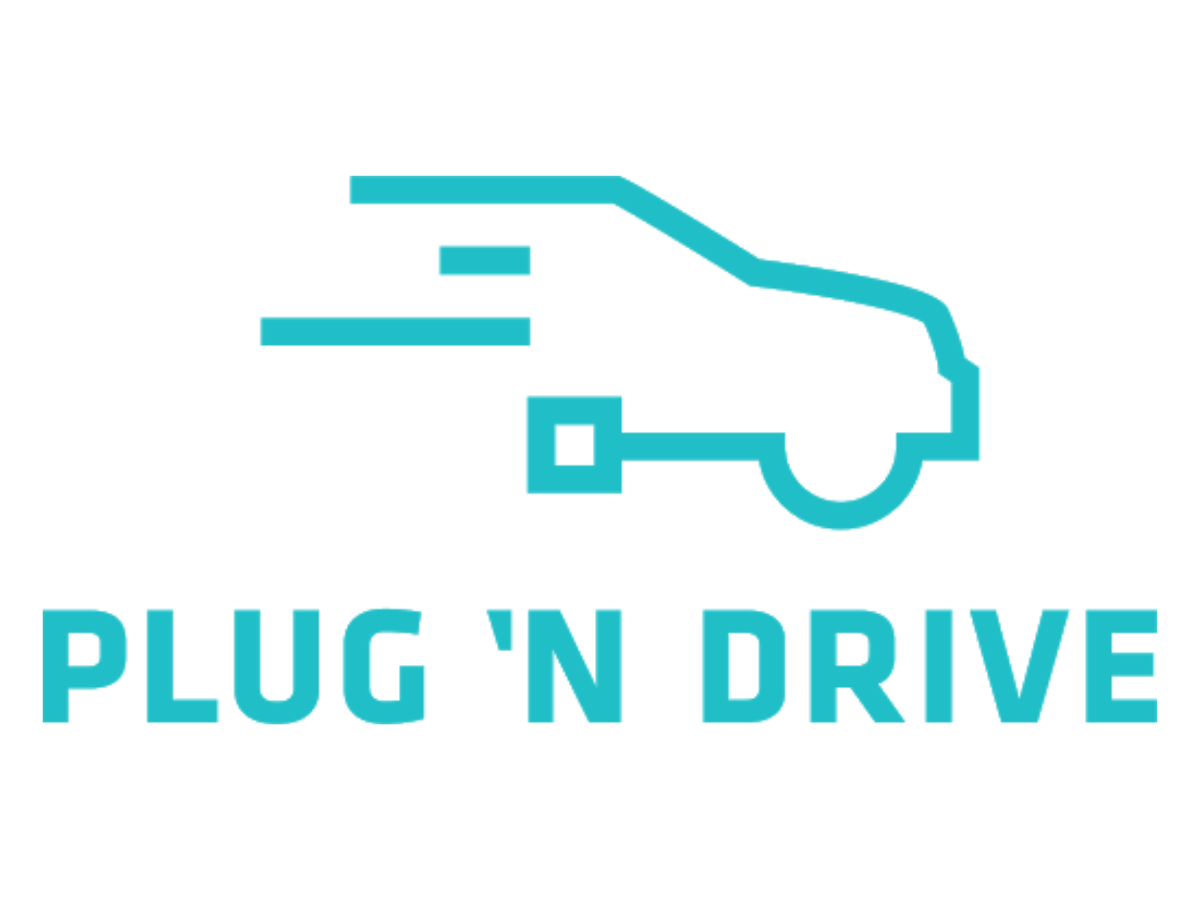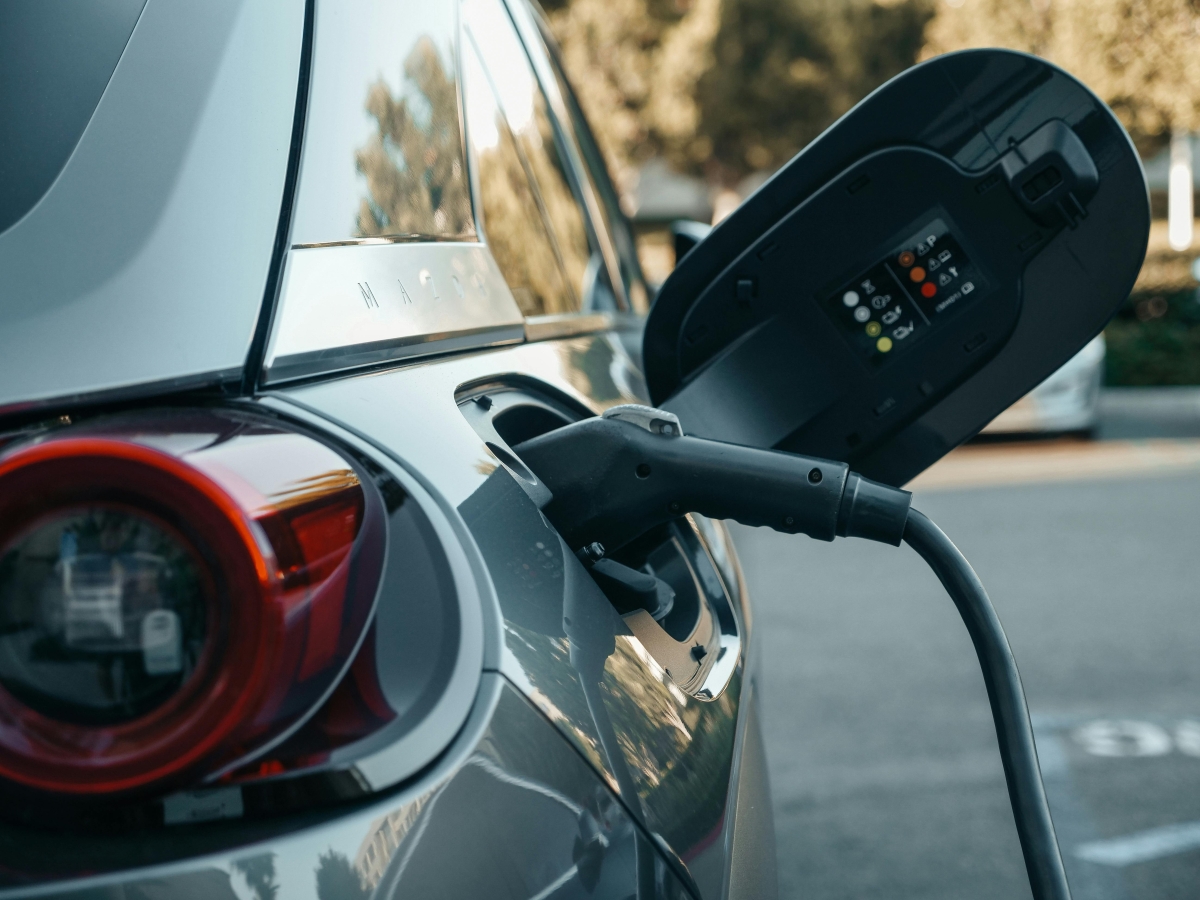Alert
Unfortunately, we are not able to proceed with your registration if you do not have the power to enter your company into a legally binding agreement with Oakville Hydro.
At Oakville Hydro, we are committed to contributing to the sustainability of our community by educating our customers about Electric Vehicles (EVs).
More information is provided below and click this link to Find Your EV Match!
There are two main types of EVs on the market.
Battery Electric Vehicle (BEV): Vehicles powered solely by a rechargeable battery pack that uses an electric motor to drive and must be plugged in to recharge the battery. BEVs have the largest battery capacities compared to other types of EVs. These vehicles produce zero tailpipe emissions.
Examples: Tesla Model S, Nissan Leaf, Mitsubishi I-Miev, Smart Fortwo, and Ford Focus Electric.
Plug-in Hybrid Electric Vehicle (PHEV): Vehicles that use both a rechargeable battery pack that powers an electric motor as well as an internal combustion engine that will either be used in parallel or after the battery runs out of charge.
Examples: Chevrolet Volt, Toyota Prius plug-in, BMW i3, and Ford C-Max Energi.
Sometimes referred to as Electric Vehicle Supply Equipment (EVSE), this is the infrastructure that acts as the supply point to charge EVs.
Level 1 (120V – 15A): The charge unit that is typically included with the purchase of an EV that can be connected to a normal 120V residential receptacle. This type of charging takes the longest to recharge the battery, typically within a range of eight to 12 hours depending on the size of the EVs battery.
Level 2 (208 or 240V – 30 to 100A): A charge unit that requires a 208 or 240Vac supply with a higher current draw (available as residential units and commercial charge stations). This is the most popular type of charging used for public and residential locations. A typical charge time is in the range of three to six hours.
Level 3 (DC Charge 208Vac input up to 120 kW DC output): A commercial charge unit that can recharge a battery from 10% to 80% within 30 minutes (time varies depending on the battery size and vehicle).
Road transportation in Canada is a large contributor to greenhouse gas (GHG) emissions. Since Ontario’s electricity is mainly generated by hydroelectric and nuclear generation, the offset of carbon dioxide and other greenhouse gases by driving electric is substantial. A main concern about EVs is that their use of lithium ion batteries also produces GHG emissions. However, lifecycle analysis shows that the battery materials only contribute a small percentage of emissions and show significant reductions in emissions when EVs are on the road compared with internal combustion engines.
Although EVs may start at a higher purchase price than most traditional vehicles, their use of low cost fuel in electricity combined with the higher fuel efficiency allows for great long term financial savings. Electric motors convert over 77% of the chemical energy from the batteries to power the wheels, while Internal Combustion Engines only convert about 12%–30% of the energy stored in gasoline.
Check out the cost comparison calculator on the CAA website to understand the savings of driving an EV.
The Ministry of Transportation (MTO) promotes EVs with Ontario's Green Vehicle License Plate Program that allows the use of the HOV lane on major 400 series highways, even with one person in the vehicle.
For more information, visit the Ministry of Transportation website at this link
Determine what level of charging equipment you need to install for your EV. Factors to consider include driving habits, size of the EV battery and the time it takes to recharge.
Check to see if the type of charging equipment requires a hardwired circuit or if it can be connected to a receptacle. Some types of Level 2 charging equipment can be plugged into a 240V receptacle, like one used for your dryer. This information can be found on the manufacturer’s website.
If a hardwired circuit is required (usually for most Level 2 equipment), check to see if there is space left on your home’s electrical panel. Since charging equipment requires a dedicated circuit, there must be space for an additional breaker to be added to your panel. If there is no space left, a panel upgrade may be required.
If a panel upgrade is required, check with Oakville Hydro to see if your service size is rated for a panel upgrade. Please email inquiries to engineering@oakvillehydro.com or call 905-825-9400, extension 2266.
When installing any type of EV charging equipment that involves wiring to an electrical panel, always hire a licensed electrical contractor to complete the work. To view available contractors in your area, visit the Electrical Safety Authority.

